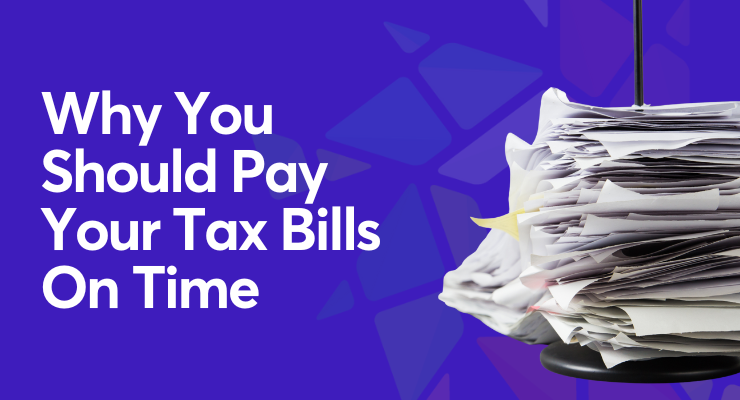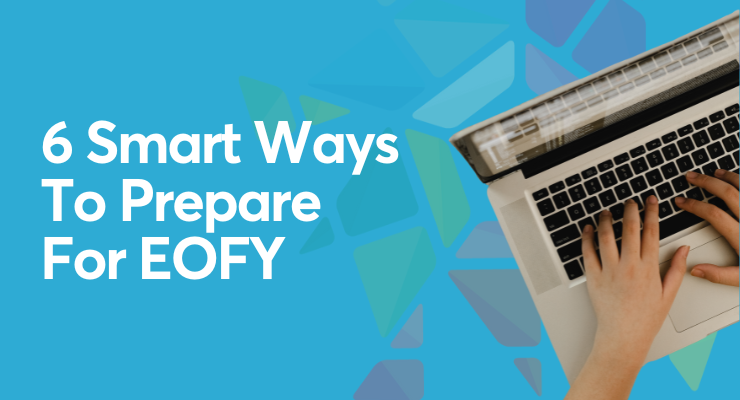Starting a business is an exciting journey, but it’s also filled with important financial decisions. One of the most crucial concepts you need to understand early on is the break-even point. This key financial metric tells you when your business will start generating enough revenue to cover its costs—essentially, the point where you’re not losing money but haven’t yet started making a profit.
What Is the Break-Even Point?
The break-even point is where your total revenue equals your total costs. At this point, your business is not making a profit, but it’s also not operating at a loss. Understanding this point is critical because it gives you a clear target for how much you need to sell to cover your expenses.
To calculate your break-even point, you’ll need to know two things:
- Fixed Costs: These are expenses that don’t change with the level of production or sales, such as rent, salaries, and insurance.
- Variable Costs: These are costs that fluctuate with your level of production or sales, like raw materials and direct labour.
The formula to calculate the break-even point is:
This formula will tell you how many units you need to sell to cover all your costs.
Why Is the Break-Even Point Important?
- Setting Sales Targets: Knowing your break-even point helps you set realistic sales targets. You’ll understand the minimum you need to sell to avoid losses, which is crucial for new businesses working to establish a foothold in the market.
- Pricing Strategy: Understanding your break-even point can influence your pricing strategy. If your break-even point is too high, you may need to reconsider your pricing or find ways to reduce costs to make your business more competitive.
- Cost Management: The break-even point also highlights the impact of your costs. If you’re struggling to reach your break-even point, it may indicate that your fixed or variable costs are too high. This insight allows you to make informed decisions about where to cut costs or how to improve efficiency.
- Cash Flow Planning: Knowing your break-even point is essential for managing cash flow. It helps you plan for periods when sales may be lower and ensures that you have enough cash reserves to cover your fixed costs during those times.
For a new business, reaching the break-even point is a significant milestone. It indicates that your business is on the right track and provides a foundation for future growth. As your business evolves, continue to monitor your break-even point regularly, especially if you experience changes in costs, pricing, or sales volume.
If you need help calculating your break-even point or managing your finances, don’t hesitate to reach out. We’re here to support you every step of the way! Feel free to reach out to us on 0417 859 700 or email us at rebecca@kaleidoscopeaccounting.com.au.






